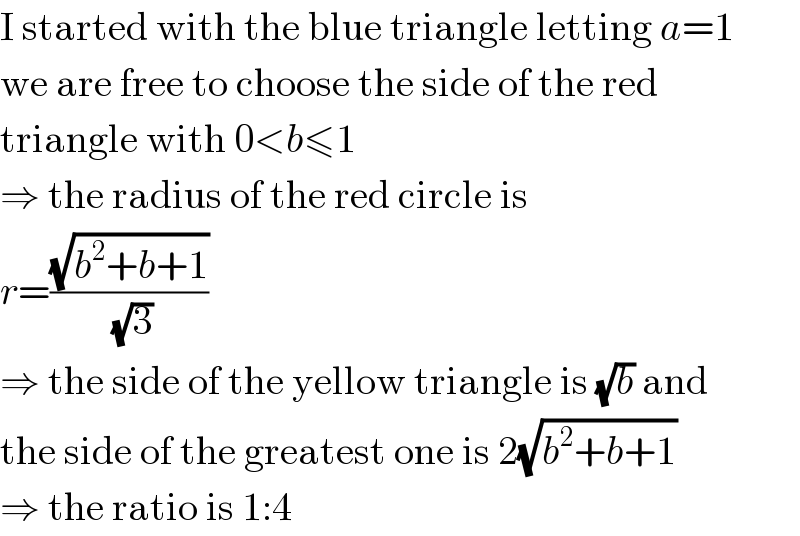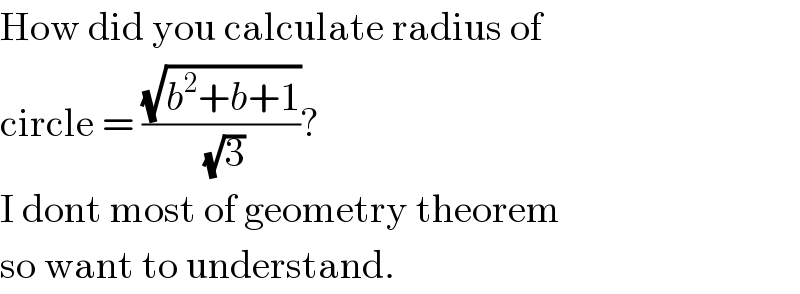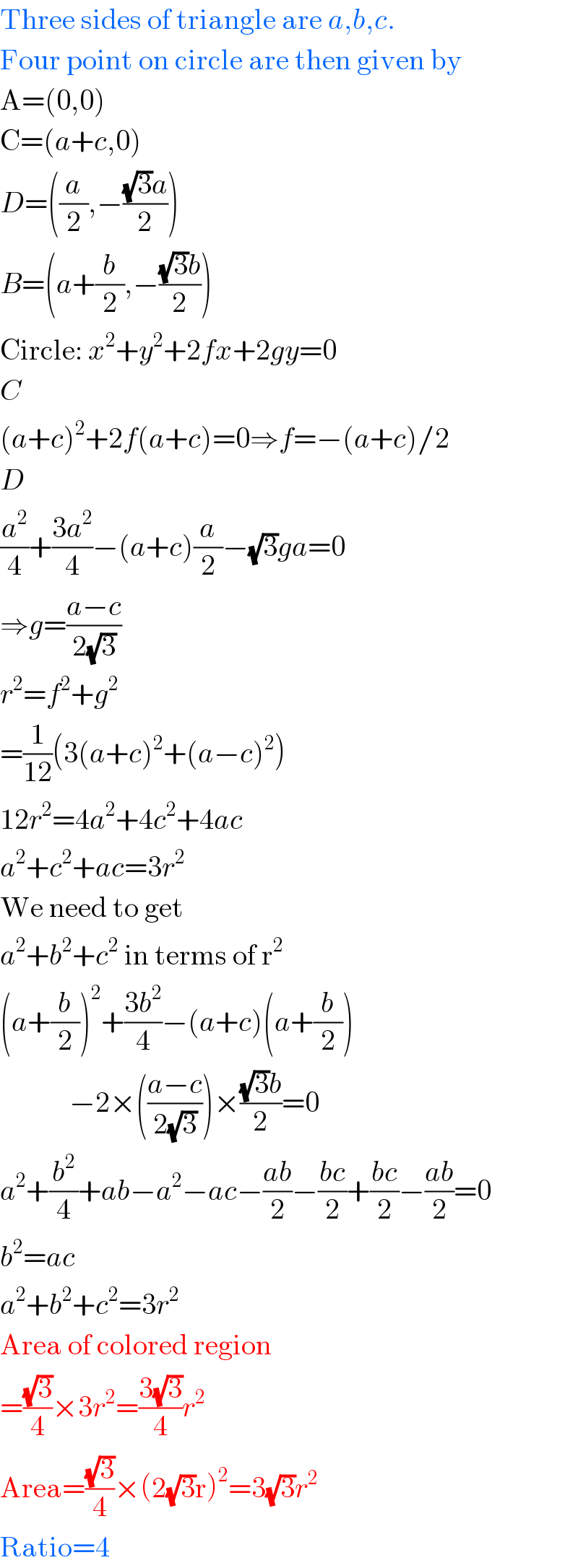
Question and Answers Forum
Question Number 120569 by prakash jain last updated on 01/Nov/20

Commented by prakash jain last updated on 01/Nov/20

Commented by MJS_new last updated on 01/Nov/20

Commented by prakash jain last updated on 01/Nov/20

Commented by MJS_new last updated on 01/Nov/20

Commented by prakash jain last updated on 01/Nov/20

Answered by mr W last updated on 01/Nov/20

Commented by prakash jain last updated on 01/Nov/20

